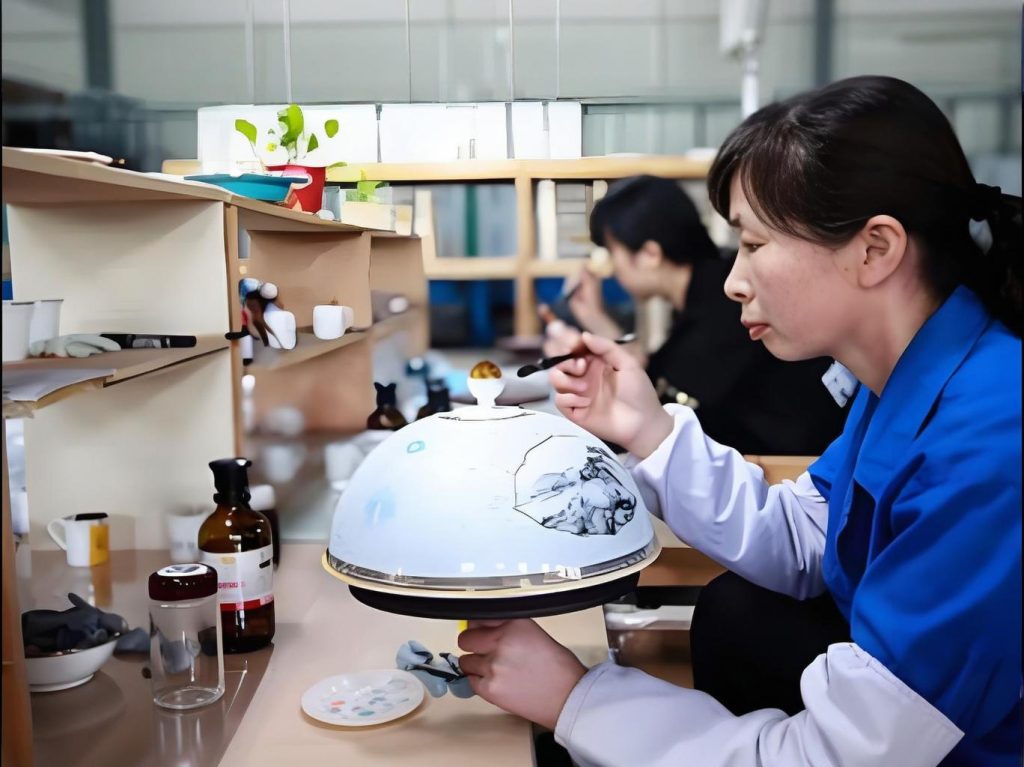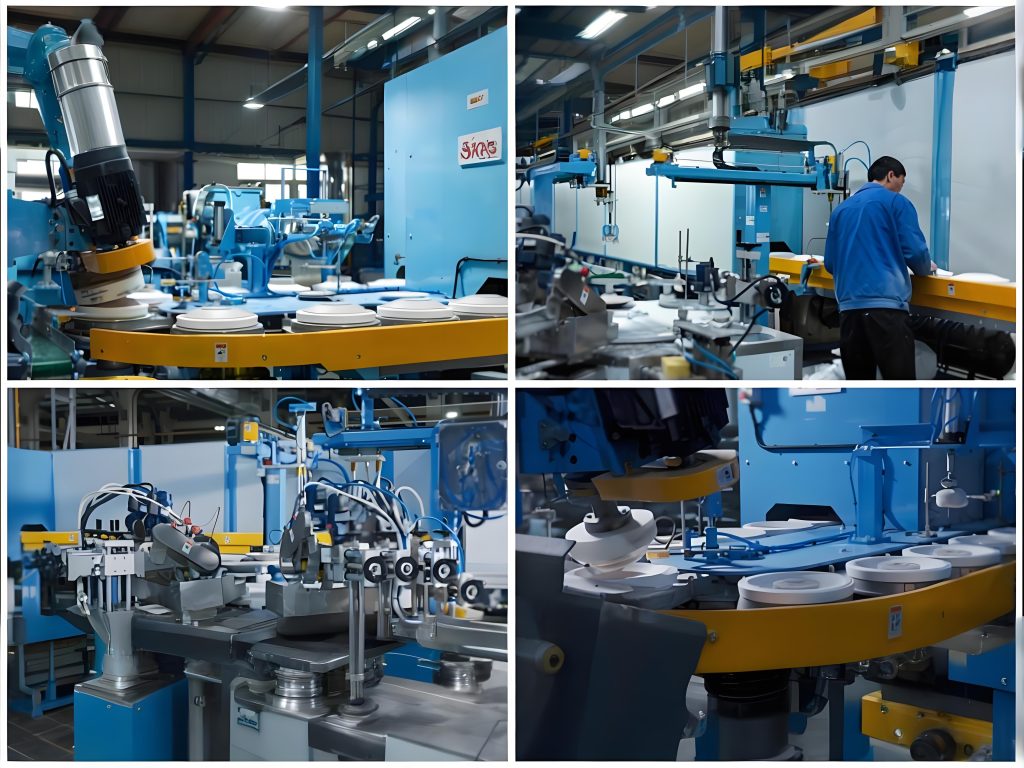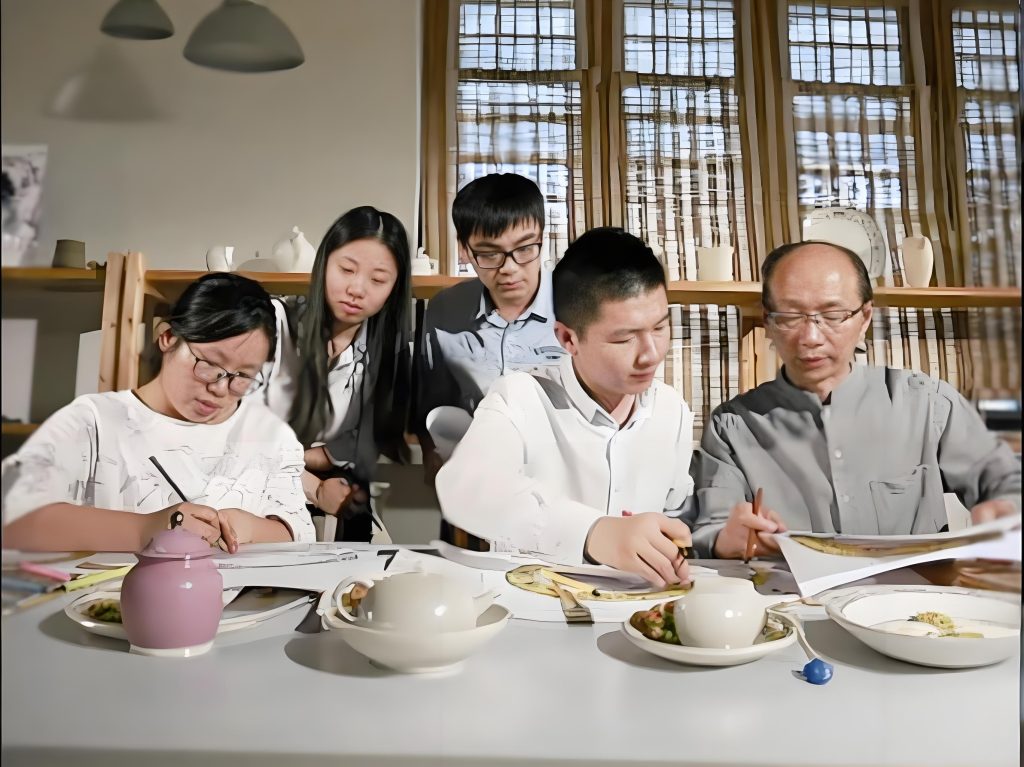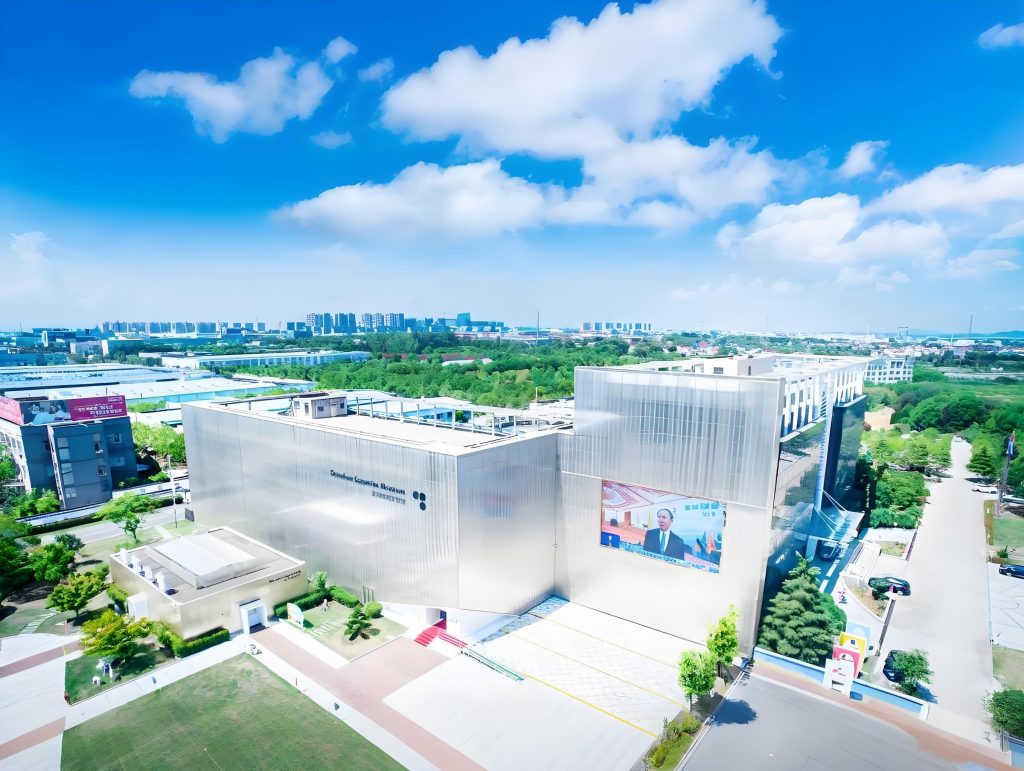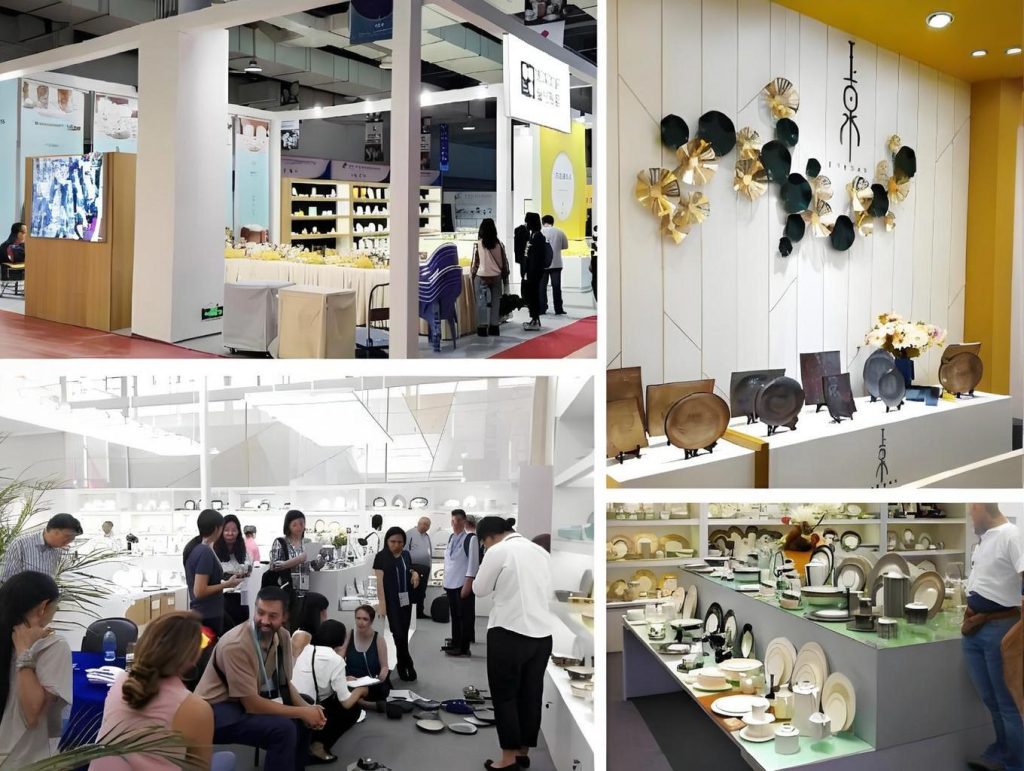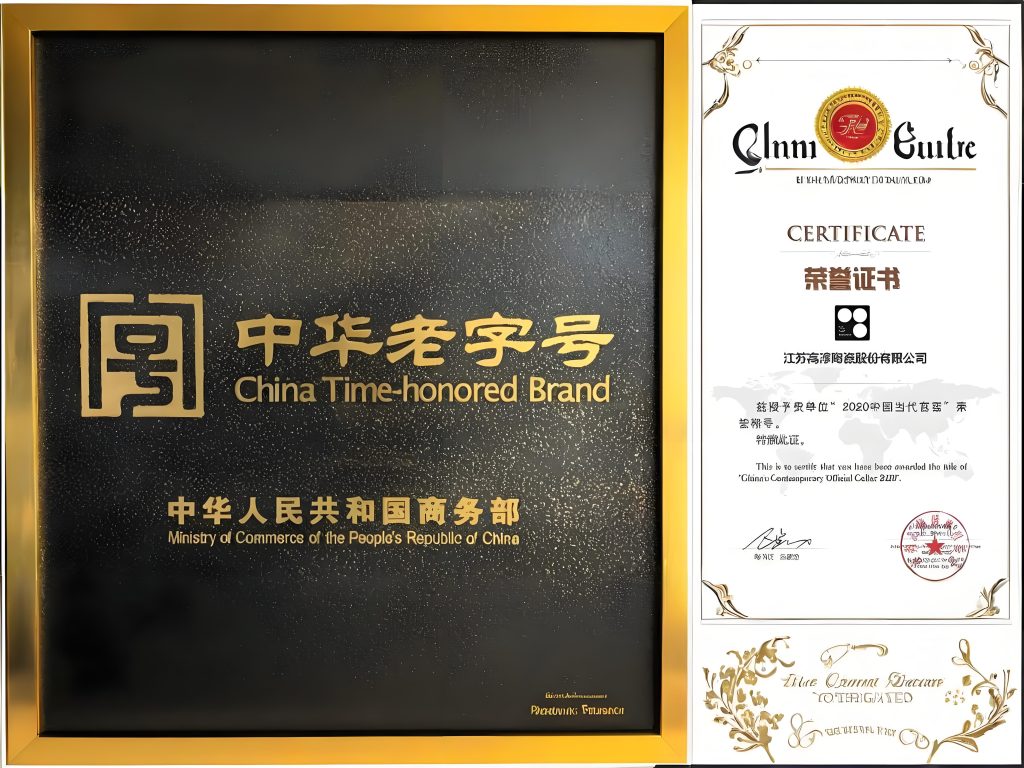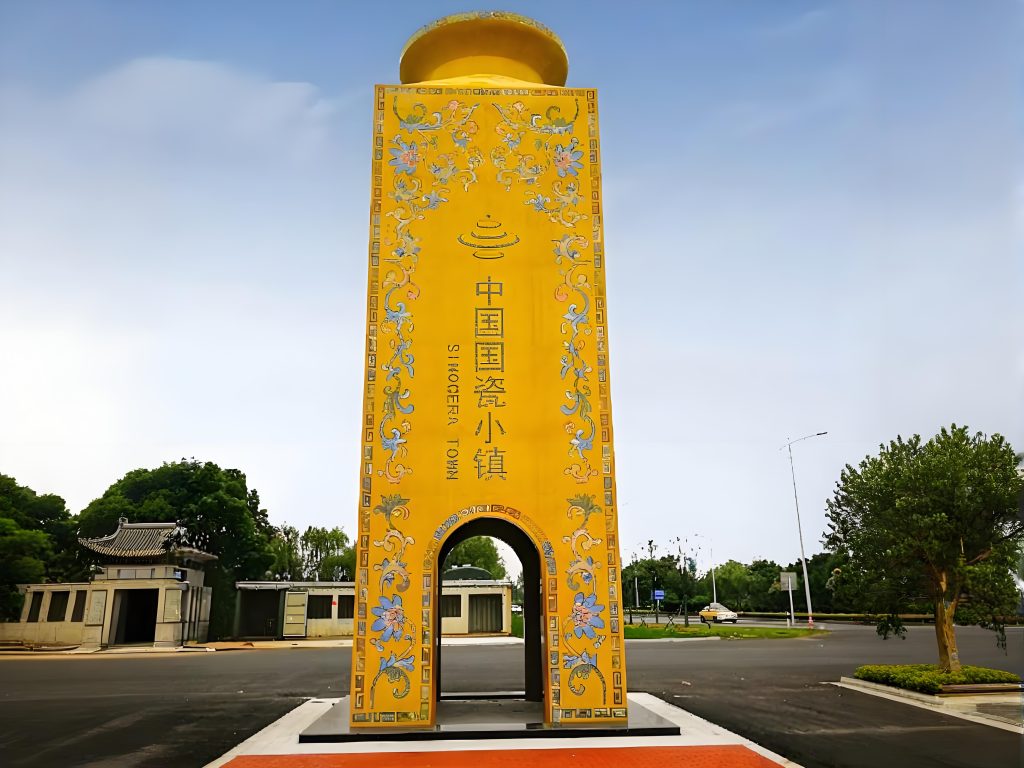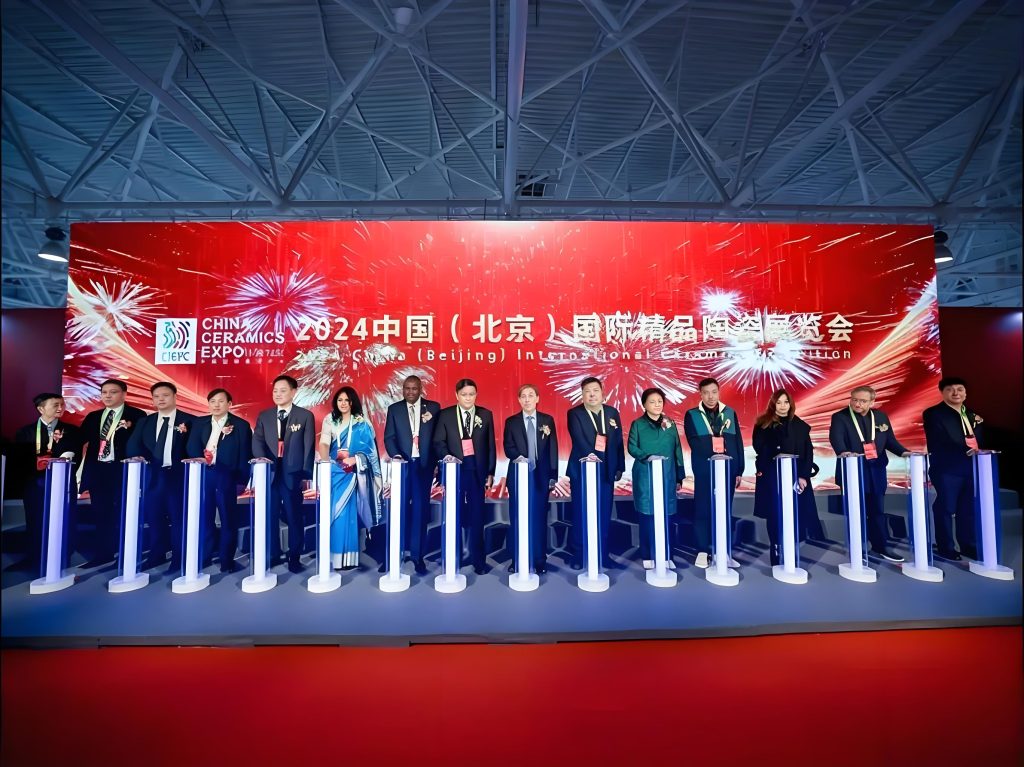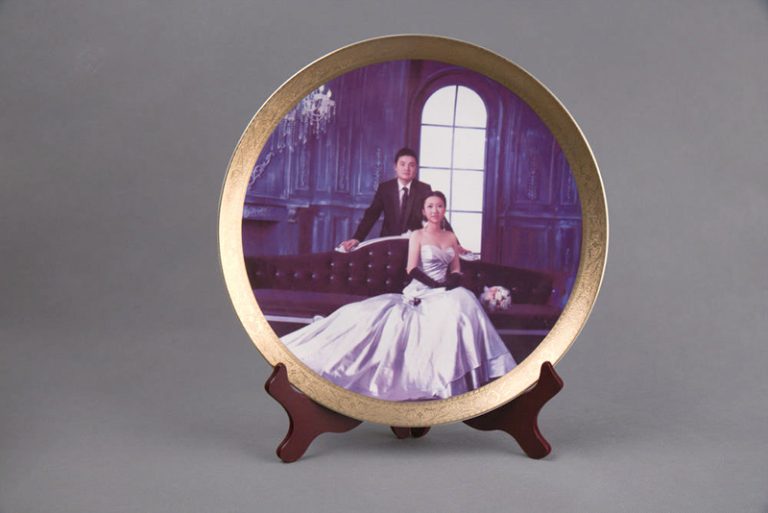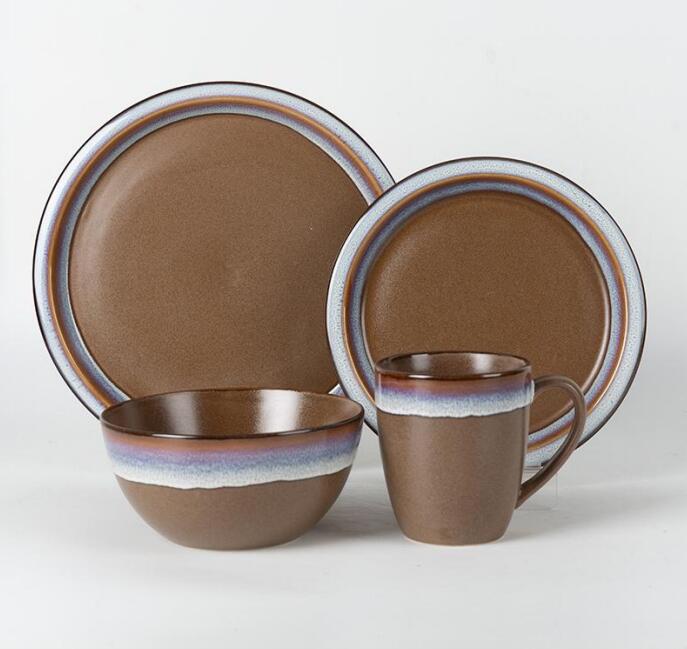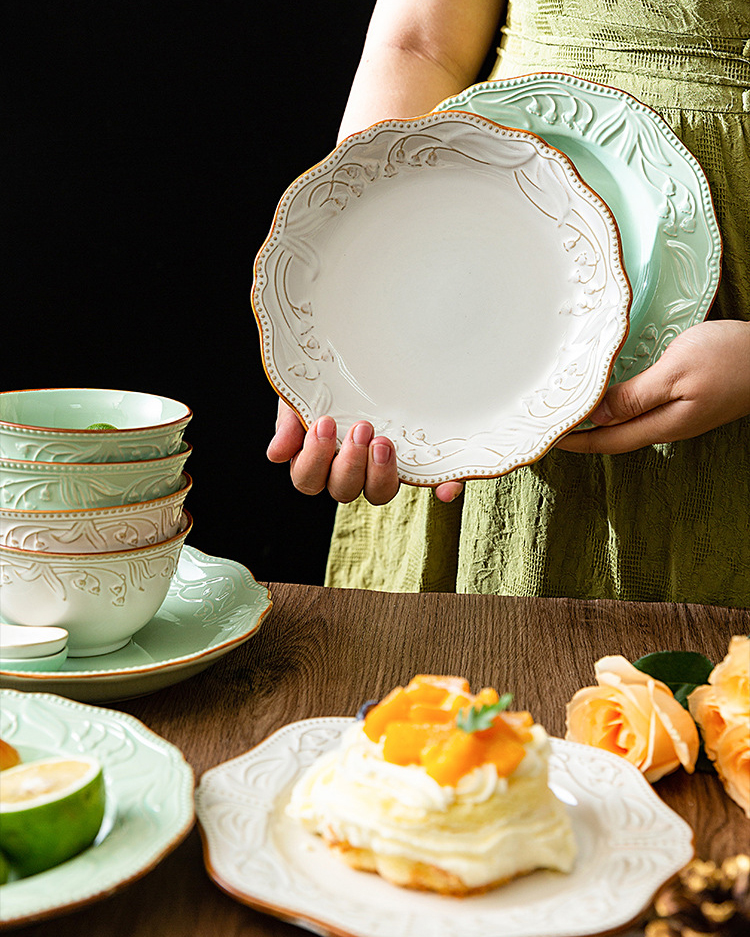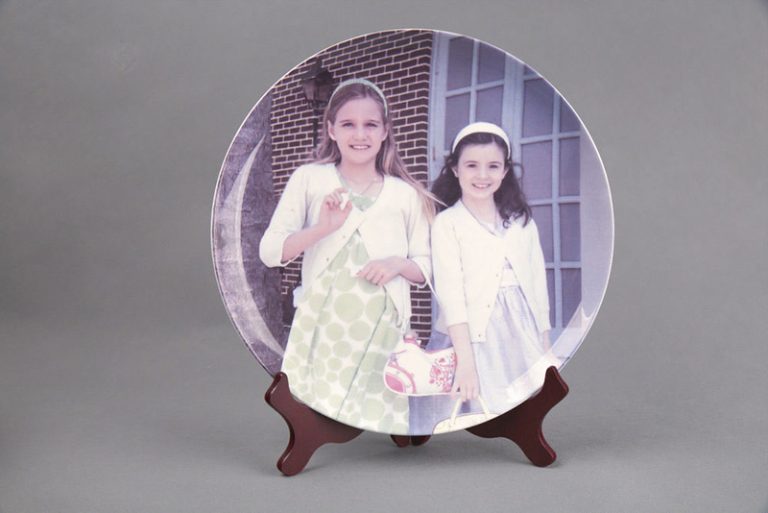Gaochun Porcelain and Chinese Culture
Ceramic culture is special, not only in that it reflects a wide range of social life, nature, culture, customs, philosophy, regulations, but also in the way it reflects. It is a kind of three-dimensional national culture carrier, or a kind of static national culture dance. This is determined by the characteristics of ceramics. A piece of work, regardless of how the subject matter, how the style, are like a note, jumping, playing, ensemble ceramic culture melody. The melody, some of the radical, some deep, some passionate, some sensible, some colorful, some colorful white, constitute an unparalleled and captivating Chinese ceramic culture of large symphonic symphony!
As one of the Chinese national culture of ceramic culture, in the mother of the nation in the breeding, growth and development, it is living cohesion with the creator’s emotions, with the fragrance of the soil, retaining the creators of the heart and hand in response to the spirit of the art image, performance of the national culture, recounting a touching story, showing a wide range of social life scrolls, recording the sorrows and joys of the masses, describing the national psychology, spirit and character development and change, along with the national joys and sorrows and move forward. and character development and change, accompanied by national joy and sorrow and move forward.
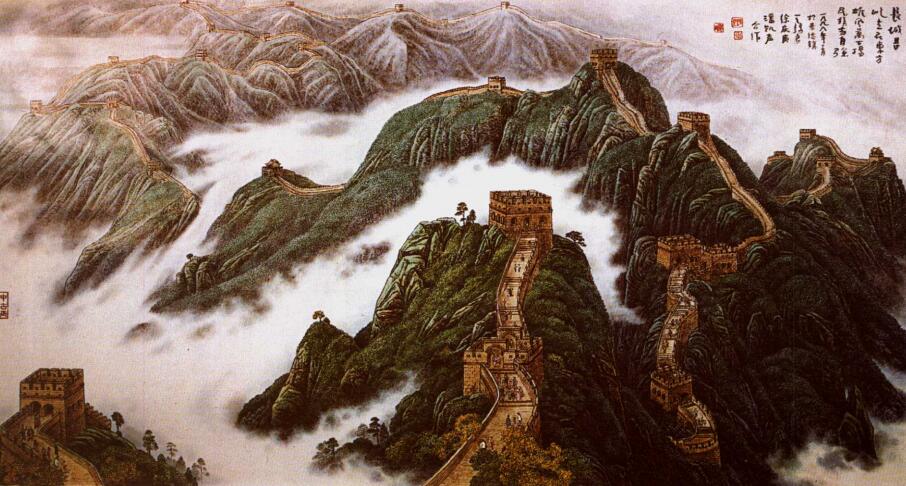
Neolithic colored pottery records the wishes of the ancestors for survival. The pottery sculptures of pigs, cows, and dogs, which mimic the images of animals that were hunted or kept for food, demonstrate the intensity of the struggle with nature and express the evolution and development of civilization. Mo cable these works with the real thing, imagine the confusion, joy and struggle of the ancestors, that in the flood, barbarism, the scene of running and calling, heart-stopping.
Terra-cotta Warriors and Horses of Qin, the resolute and solemn generals, the horsemen who hold the reins and carry the bows and are standing by, the infantrymen who are wearing hard and sharp and are furious with the sun, the archers who are ready to start with their bows and are looking straight ahead, as well as the warhorses who are so graceful and brave that they come out of the world together form a square formation that flaunts the power and valor that recalls the era of the Warring States when there were so much smoke and fire and iron weapons, and imagines the military might of the Qin army that swept through the clouds and the sun and the moon, sweeping the north and the south of the Yangtze River. That smoke and iron and steel warring states era, imagining the Qin army that wind swept the clouds, spit out the sun and moon, sweeping across the north and south of the river military might. Although it is a military formation, but it reflects the main theme of that era, the image of the record of the period of history.
The Han Dynasty economy was restored, and all aspects of society were developed, presenting different characteristics from the Qin Dynasty. The content and artistic style of pottery sculpture, also changed, whether it is a figure or an animal, the scene of the molding, are not like the Qin Dynasty pottery sculpture as realistic, and strive for the realism of the form and the details of the carving, but focus on the general grasp of the object’s spiritual connotation, pay attention to the delineation of the place of the carving, not confined to the details of the real, emphasize the role of gestures and expressive vocabulary in shaping the image, showing – … a kind of bold and generous, flying, flying and bold, flying, flying, flying, flying and flying. …a kind of bold and majestic, flying and flowing aesthetic style, which is precisely the Han Dynasty era of aesthetic characteristics.The Han Dynasty economy was restored, and all aspects of society were developed, presenting different characteristics from the Qin Dynasty. The content and artistic style of pottery sculpture, also changed, whether it is a figure or an animal, the scene of the molding, are not like the Qin Dynasty pottery sculpture as realistic, and strive for the realism of the form and the details of the carving, but focus on the general grasp of the object’s spiritual connotation, pay attention to the delineation of the place of the carving, not confined to the details of the real, emphasize the role of gestures and expressive vocabulary in shaping the image, showing – … a kind of bold and generous, flying, flying and bold, flying, flying, flying, flying and flying. …a kind of bold and majestic, flying and flowing aesthetic style, which is precisely the Han Dynasty era of aesthetic characteristics.
“Tang color” the expression of the kind of exciting and generous, magnificent and colorful, magnificent and strange vertical, magnificent and handsome style, it is the Tang Dynasty that kind of national prestige spread far and wide, brilliant and magnificent, passionate voice of the times of the vivid reproduction.
The beauty and freshness of the ceramic art of the Song Dynasty is a reflection of the aesthetic and philosophical concepts of that era.
The splendor and softness of the Ming and Qing dynasties are the result of social life and aesthetic concepts.
The handsome and exuberant style of the reform and opening up in the 1980s was also the result of the combination of politics, ideas, concepts and life during this period.
So, a Chinese ceramics history, is an image of the Chinese calendar, an image of the Chinese national cultural history.
Ceramics is a kind of arts and crafts, but also a kind of folk art, folk culture. Therefore, ceramics (Figure 2 – 39) and folk culture is very close, showing a strong folk culture characteristics, widely reflecting the social life of the people of our country, the world and the people’s aesthetic concepts. Aesthetic value, aesthetic interest and aesthetic pursuit. Our people have a good tradition, no matter what era, what situation, love life, the pursuit of happiness, harmony and good fortune. Therefore, the performance of celebration, happiness and auspicious themes, since ancient times and today, has been an important theme of ceramics and a basic cultural characteristics.
Auspicious theme, mainly around the “blessing, prosperity, longevity, happiness, and harmony, good luck and good fortune” and other content and start. Therefore, in the choice of themes to express the moral, often choose the following things: rare birds, often choose the phoenix (king of birds, symbolizing great wealth and prosperity, great luck, phoenix together metaphor for love), white cranes (noble, pure, longevity of the metaphor), white head, magpies, Yuanyang, eagles; flowers, often choose peonies (the king of flowers, symbolizing the rich and prosperous) Hibiscus (symbol of grace and splendor), Lotus, Plum Blossom Chrysanthemum; in the category of aromatic herbs, often choose orchids (the metaphor of fragrant ancestors, orchids, grandchildren, noble son) Lingzhi (symbolizing longevity); bamboo and wood, often choose pine (symbolizing longevity, temperament). Bamboo (bamboo and Zhu homophonic, meaning a hundred years of Zhixi, a hundred years of life and well-being), Tianzhu (metaphorical Tianzhu, meaning Tianzhu peace, Tianzhu ascension); in the category of fruits, commonly used peaches (often known as longevity peach, a symbol of longevity), pomegranate (a symbol of good fortune, pomegranate opened a hundred said); in the category of beasts and animals, often choose the dragon (the king, power and authority, the symbol of good fortune), the lion (the lion and the teacher, the same sound of poetry, symbolizing the authority and the family of poems), the deer (Deer Luk homophonic); in fish and algae, often used in the category of fish, often chosen the dragon (King, authority, the symbol of luck); in the category of fish and vegetables, often chosen the dragon (King and the lion); in the category of fish and algae, often chosen the lion (Lion and teacher, poem homophonic, symbol of authority and poetry); in the category of fish and trees, often chosen the pine (symbolizing long life, energy). In the category of fish and algae, we like to use carp (carp is the same as li, and fish is the same as yu, symbolizing prosperity and wealth) Mandarin fish (Mandarin is the same as gui). In addition, this auspicious subject matter in the convention, formed a whole set of unique symbolic pattern system. Such as lotus give birth to noble son (baby holding lotus), blessed with longevity (bat shouji), bamboo report peace (children play firecrackers), good luck (children riding a white elephant holding ruyi), happy (plum blossom magpies), blessed in front of the eyes (bats, magpies) six contracts spring (deer, cranes, plum blossom) unicorn sends a son (children riding the unicorn), year after year of surplus (lotus, fish), five sons to get into the imperial examinations (five small children), the heavenly officials to give blessings (heavenly palace, bats), Five blessings to hold life (five bats around the word life), many blessings and longevity (a group of bats, life peach) Fuku, Shou (old man riding a deer holding a peach), Ma Gu Xianshou (Ma Gu bear a basket of peaches), the fish jumped out of the Dragon Gate, Danfeng Chaoyang (phoenix, the sun), the dragon winds present auspicious (dragon, phoenix) and so on.
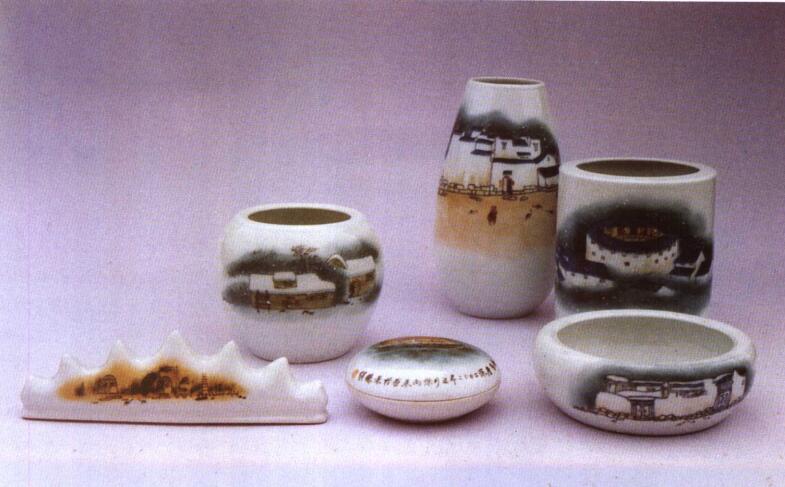
The creation of the sense of auspiciousness is also a long time ago. As early as the Shang and Zhou Dynasties, the shape of the wind phoenix appeared on Yin and Shang jade artifacts. Legend has it that when King Zhou of the Shang Dynasty was about to die and King Wen of the Zhou Dynasty was about to rise, people used the phoenix to express their good wishes for the coming of a wise king, and the record of “the phoenix singing at Qishan Mountain of the Western Zhou Dynasty” is a reflection of this legend.
Ancient Chinese society is based on blood relations as a unit of society, and as a basis for the corresponding hometown. Therefore, the desire to honor the ancestors, the family prosperity, wealth and glory has become a universal social psychology. In the auspicious subject matter in many of the contents of this ocean. Auspicious theme of the birth, and the ancestors of nature worship of the primitive faith has a close relationship. The appearance of certain cloud patterns and fish patterns is closely related to the praise of nature. The emergence of auspicious birds and beasts, but also the people of our country caress all things, and all things with its rhythm of a reflection.
Auspicious theme of the birth of a national psychological performance, but also a kind of national culture and national philosophy. Chinese national psychology and culture is the biggest influence of Confucianism. Confucianism is talking about the integration of man and nature, that the relationship between man and nature is not a kind of antagonistic relationship, but a kind of affinity with the relationship, giving flowers, birds, insects, fish, beasts and so on to auspicious symbols, is the performance of this kind of affinity with the relationship.
GC Porcelain is the outstanding representative of Chinese ceramics, it itself is a part of the Chinese nation and the national psychology of the microcosm, is the image of the Chinese nation carrier, itself is also an important part of Chinese culture.
If you have any questions or need to custom dinnerware service, please contact our Email:info@gcporcelain.com for the most thoughtful support!

